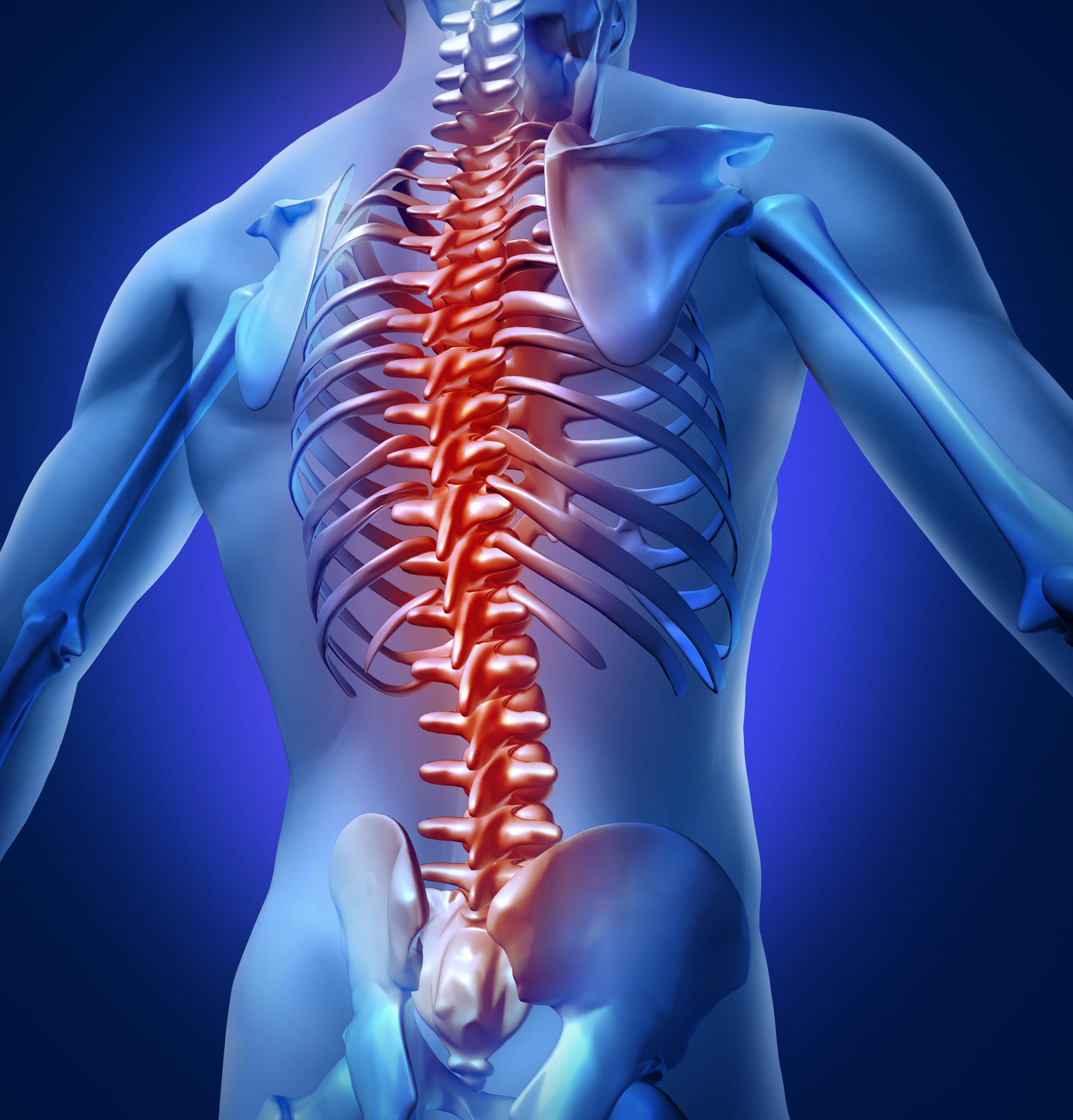The doctor describes my loved one’s paralysis using a letter and a number. What does this mean?

Vertebrae are numbered and named according to where they are located in the spinal cord. Let’s go back to our diagram of the spinal cord. Remember, the spine is divided into four regions: the cervical, the thoracic, the lumbar, and the sacral. Each region has a certain number of vertebrae. The cervical region has seven vertebrae, the thoracic region has 12 vertebrae, while the lumbar and sacral regions have five vertebrae each.
For the sake of noting where the injury has occurred, each spinal region has a corresponding letter. For example, the cervical region is identified by the letter “C,” while the thoracic region is identified by the letter “T.” The lumbar region is identified by the letter “L,” and the sacral region is identified by the letter “S.” The number that follows each letter indicates exactly which vertebra in the region was damaged. For example, if the survivor is said to have a C4 injury, this means that the injury occurred at the fourth vertebra in the cervical region.
Why is identifying where the injury occurred so important? Well, like we said earlier, the areas of the body affected by the spinal cord injury will be directly related to the point of injury on the spinal cord. In other words, each level of injury is associated with a certain loss of function. Generally speaking, the higher along the spinal cord the injury occurs, the more function is lost.
When the medical team refers to the injury by letter and number, the survivor and his or her loved ones will want to know exactly what that means. You’re now aware of how to determine, based on the letter and number, where the spinal cord injury has occurred. But what does the letter and number mean, exactly, when it comes to function and feeling? That’s the really important question. Below we’ve listed the levels of function and what they typically mean for the survivor.
C-Level Injuries
C-1 to C-3 Vertebrae:
An injury that occurs in the C-1 to C-3 area results in limited movement of the head and neck, with paralysis below that region. In many cases, survivors of C-1 to C-3 injuries have difficulty talking, and require the use of a ventilator to breathe.
C-3 to C-4 Vertebrae:
Survivors with C-3 to C-4 injuries have head and neck movement, as well as some limited shoulder movement. They are typically able to talk, and can eventually adjust to breathing without a ventilator.
C-5 Vertebrae:
People with spinal cord injuries that occur at the C-5 level often have head, neck, and shoulder control, and can bend the elbows and rotate the hands. This is the level at which self-care and management becomes possible. Survivors with C-5 injuries are usually able to push their own wheelchairs, and can also be taught to drive a car with adaptive equipment.
C-6 to C-7 Vertebrae:
Survivors with injuries at the C-6 to C-7 levels can move their heads, necks, shoulders, arms, and wrists. They can also bend the elbows, extend the wrists, and rotate their hands. Most self-care is possible for people who fall into this category, as is driving, managing a manual wheelchair, and housekeeping.
T-Level Injuries
T-1 Vertebrae:
This level is also sometimes called C-8. Survivors with an injury at this level can expect to have the use of the head, neck, shoulders, arms, hands, and fingers. It is quite possible for survivors with spinal cord injuries at this level to live independently.
T-2 to T-6 Vertebrae:
Survivors with T-2 to T-6 injuries have normal function in the upper body, but have some degree of impairment in the legs. In some cases, survivors with this level of injury are able to walk with assistive devices.
T-7 to T-12 Vertebrae:
Survivors with this level of injury experience a similar result to survivors with T-2 to T-6 level injuries. In other words, there is normal upper body function but some level of impairment in the legs. Generally speaking, survivors with injuries in the T-7 to T-12 region have more control in their legs than survivors who sustain injuries higher up in the thoracic level.
L-Level Injuries
L-1 to L-5 Vertebrae:
Survivors with L-1 to L-5 injuries experience increased motor movement in the hips and knees. At this level, walking can be possible with the right assistive devices.
S-Level Injuries
Injuries to the sacral region of the spine can result in impairment and sensory loss in the leg and hip area, and also cause decreased control of bowel and bladder function and sexual function.
Levels of the Spinal Cord:
